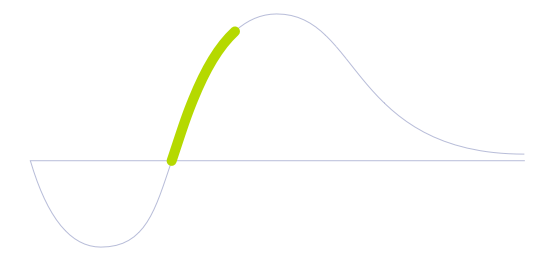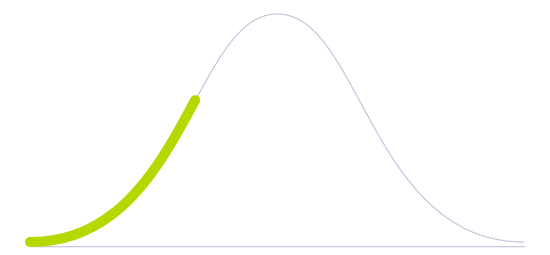General Purpose Robot

Technology Life Cycle
Marked by a rapid increase in technology adoption and market expansion. Innovations are refined, production costs decrease, and the technology gains widespread acceptance and use.

Technology Readiness Level (TRL)
Prototype is fully demonstrated in operational environment.

Technology Diffusion
Embrace new technologies soon after Innovators. They often have significant influence within their social circles and help validate the practicality of innovations.

Through smart sensors and data analytics, a general-purpose robot (GPR) performs a wide range of activities and requires little effort to reprogram tasks or instructions. It works alongside humans without requiring ample floor space for fenced work cells and performs duties that humans cannot or are unwilling to carry out, thus fulfilling many industries' gaps.
These robots could be assembled as static or dynamic collaborative robots (COBOTs). Some general-purpose robots are mounted with AI-based software, allowing personnel to train and program the robots to perform specific tasks autonomously. The mounted sensors enable these machines to work in partnership with humans while coordinating tasks and communicating between themselves. Due to their broad applicability, general-purpose robots could inhabit all spheres of society, performing household chores, job assistance, healthcare tasks, assembling parts, welding, painting, packaging, or transporting materials.
Thanks to their versatility, such robots could be used in Robot Clouds (RaaS), a service hired by companies to share the same robot, hiring its time and programming the robot to perform specific tasks in a subscription manner.
Overall, GPRs are a powerful tool for increasing productivity, improving safety, and reducing costs in a wide range of industries. Their versatility and adaptability make them well-suited for a variety of tasks, and their ability to work alongside human workers in collaborative environments makes them an important technology for the future of work.
Future Perspectives
While some machines can substitute humans for manufacturing-related tasks, these robots follow a model focused on collaboration rather than eliminating the human element. It is unlikely that these robots would deal with unpredictable occurrences that require decision-making, so it is expected that they would work as a companion rather than a tool to be used by humans.
An ethical and critical view of general-purpose robots' design is essential in understanding where they are desired to fulfill gaps and avoid unnecessary human labor. Other questions posed are: whether these machines should be designed after human anatomy regardless of form efficiency. And whether they should perform emotional states or read human emotions through microexpressions. Some say that it is essential to maintain a clear gap between humans and machines to avoid deception and unhealthy attachments. In contrast, others believe that a robot would only be profoundly useful once they understand different sentiments and have the sensibility to act accordingly.
These analyses open up the possibility of investigating the uncanny valley's issue by crossing elements such as efficiency versus adaptation of these machines in the human routine.
Image generated by Envisioning using Midjourney